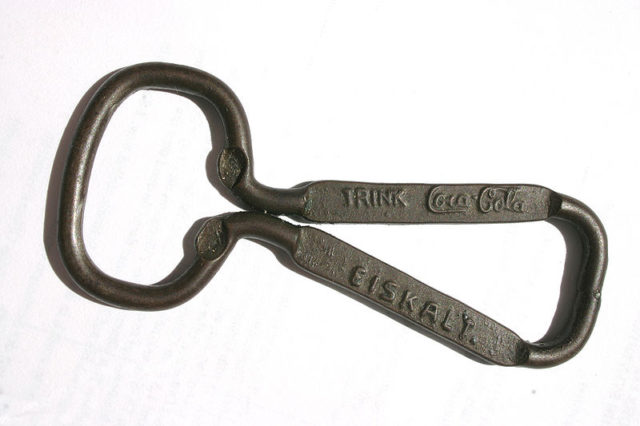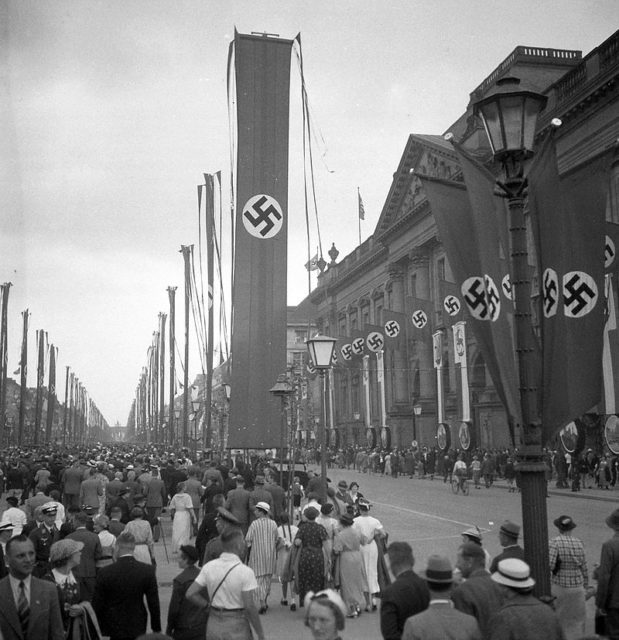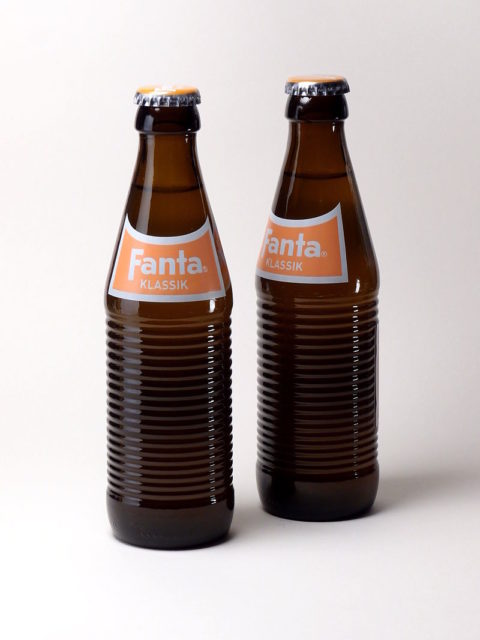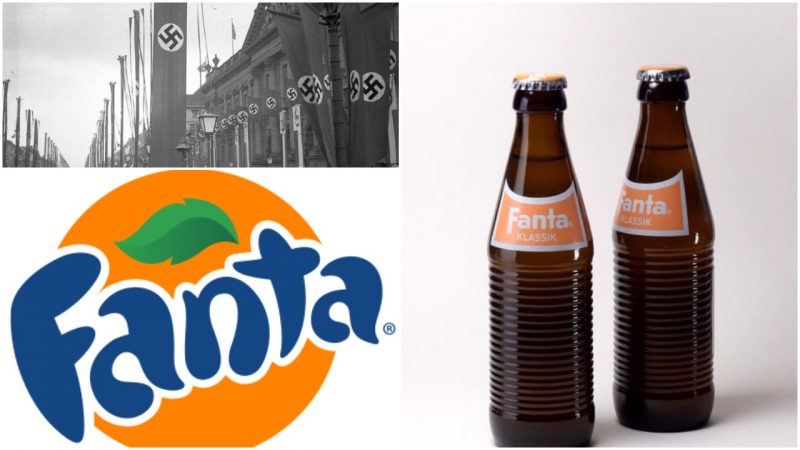Since it emerged in the mid-1950s, Fanta has been one of the most popular soft drinks in the world. It’s sold in more than 100 countries and is available in over 90 flavors. The country that currently offers the largest number of different flavors is Japan: Its vendors sell Fanta in over 50 different flavors with some of the flavors sounding a bit strange, like “Pine Fruit,” “Vitamin-C Smash,” “The Mystery Fruit,” and “Genius Energy.” Still, ever since the drink was launched, orange has been the most popular and most recognizable Fanta flavor.
Fanta, however, wasn’t invented in the mid-1950s, and its original flavor wasn’t orange. The popular soft drink dates back to the early 1940s, when it was introduced in Nazi Germany as a substitute for Coca-Cola.
The Coca-Cola Company established its branch in Germany in 1929. After the Nazis came to power in the early 1930s, Coca-Cola became the most popular non-alcoholic drink in the country. Around 50 Coca-Cola production plants were built, and they sold roughly 5 million cases of Coca-Cola per year.

The soft drink’s banners and advertisements could be seen on every corner and during every major sports or entertainment event. Undoubtedly, the biggest success of the German branch of the Coca-Cola Company was the official sponsorship of the 1936 Olympics.

When World War II broke out in 1939, the German branch was faced with a lack of the Coca-Cole syrup that had been the key ingredient in the production of the famous soft drink. The Germans had been importing the syrup from the United States, and the war weakened the stability of international trade routes: the Germans had trouble acquiring enough syrup to satisfy the nation’s yearly demand. Furthermore, when the United States entered the war in 1941, the country severed all of its trade ties with Nazi Germany through a series of embargoes, and the German branch of the Coca-Cola Company was cut off from its headquarters in the U.S., making it unable to produce any actual Coca-Cola.

Max Keith, the head of the German branch, quickly came up with a solution that turned out to be very lucrative. He decided to use ingredients that were available in Germany to create a new soft drink. He combined whey, which is a byproduct of cheese production, and apple fibers, which were leftovers from cider pressings, and created the apple-flavored prototype of Fanta. Also, unlike most of Nazi Germany’s food production industry, Max Keith managed to bypass the ban on the import of sugar. Therefore, Fanta contained more sugar than any other available soft drink and it instantly became the nation’s favorite.
The drink acquired its famous name in a brainstorming session led by Max Keith and a team of senior Coca-Cola salespeople. Keith told the salespeople to use their imaginations to come up with an appealing name, and so a salesman named Joe Knipp immediately introduced the name Fanta, which was derived from the German word “Fantastisch” (“fantastic”). The drink very quickly gained immense popularity: it was reportedly so popular that many housewives used it to add flavor to their pastries and cakes.

After Fanta was accepted as a functional substitute for Coca-Cola in Germany, Max Keith introduced it to the Dutch branch of the Coca-Cola Company, since they were also cut off from the U.S. headquarters. The Dutch Fanta was elderberry-flavored and comprised of slightly different ingredients than the original German Fanta, but it was still immensely popular.
After the end of the war, the German and the Dutch branches reunited with the U.S.’s Coca-Cola headquarters. The production of Coca-Cola was quickly reestablished and Fanta was discontinued, to the disappointment of some people in both nations. However, in the early 1950s, the Pepsi Corporation launched several fruit-flavored soft-drink brands that were very well received. Fortunately for all Fanta lovers, the Coca-Cola Company took note, recognized the potential of the drink, and launched it in 1955. Although it took time for it to gain significant popularity in the United States, Fanta has become one of the most popular soft drinks in Europe, South America, Asia, and Africa.
